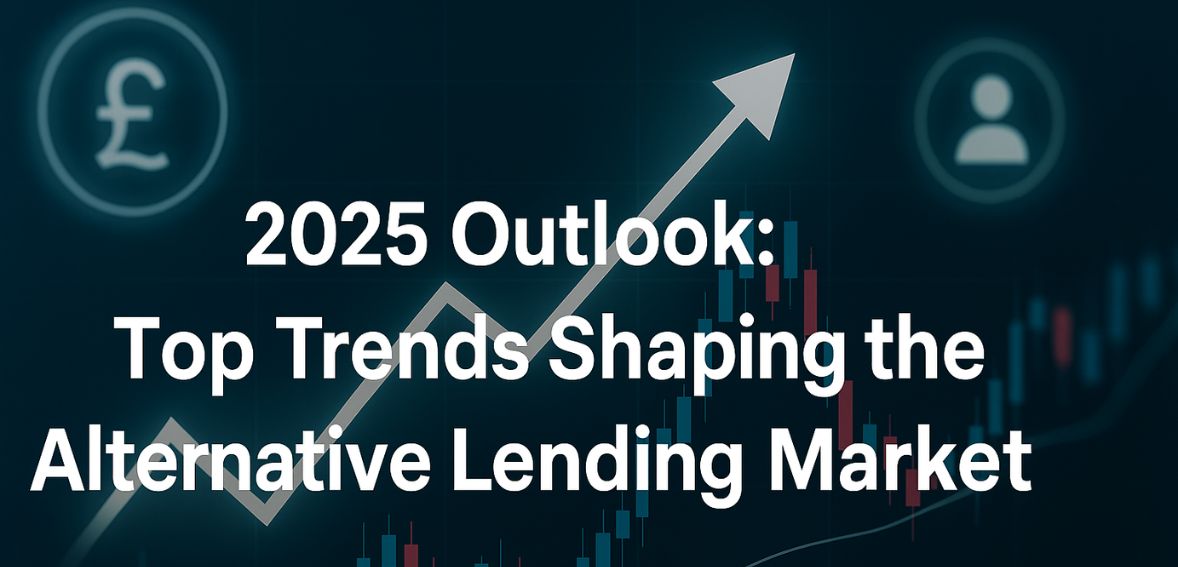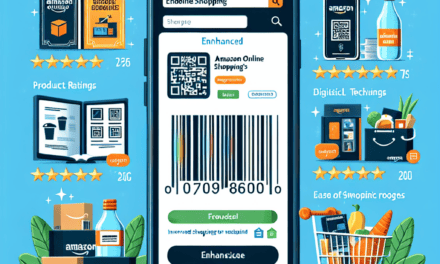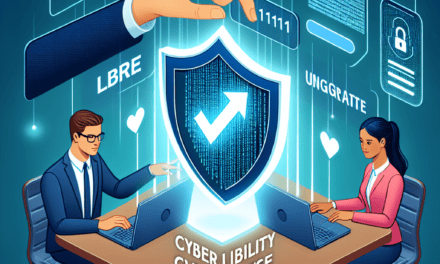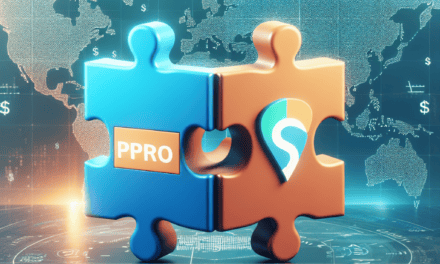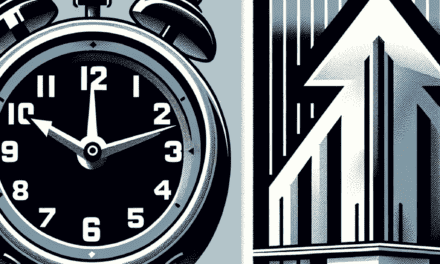In the fast-paced, technologically advanced world of today, contractors can no longer depend only on conventional means of payment. Customers now anticipate easy, safe, and adaptable payment processes, whether they’re funding routine landscaping, plumbing repairs, or home remodeling. It is not only a convenience, but a competitive requirement in 2025 to be able to accept payments by credit card, mobile wallet, or ACH transfer.
Contractors work in a fast-paced industry where payments can take many forms, from small one-time fees to enormous, multi-phase invoices. Because of this, picking the best merchant services provider is crucial. Beyond just processing transactions, a strong payment solution facilitates job quoting, streamlines billing, boosts cash flow, connects with your business tools, and enhances customer satisfaction.
Democratization of Credit Through AI and Data Science

The use of data science and artificial intelligence (AI) to evaluate creditworthiness is arguably the most significant factor influencing the alternative lending market in 2025. Algorithms that can analyze thousands of data points in real time are replacing or augmenting traditional credit scoring models, which have long been criticized for being inflexible and exclusive.
These models use a wide range of data, including social media activity, cash flow statements, e-commerce transaction histories, and even behavioral patterns. For groups that frequently fall outside the traditional credit spectrum, such as gig workers, freelancers, and small business owners, this change is particularly crucial.
Lenders can now make loans to people who banks once considered “unlendable” by using alternative data. In addition to benefiting borrowers, this democratization of credit creates enormous new markets for investors and lenders, which propels economic growth in all sectors. AI also makes underwriting and risk management more efficient, allowing for dynamic pricing based on borrower behavior and almost instantaneous loan approvals. Alternative lenders who do not use these tools run the risk of lagging behind in terms of operational effectiveness and customer satisfaction in 2025.
Expansion of Embedded Lending in Platforms
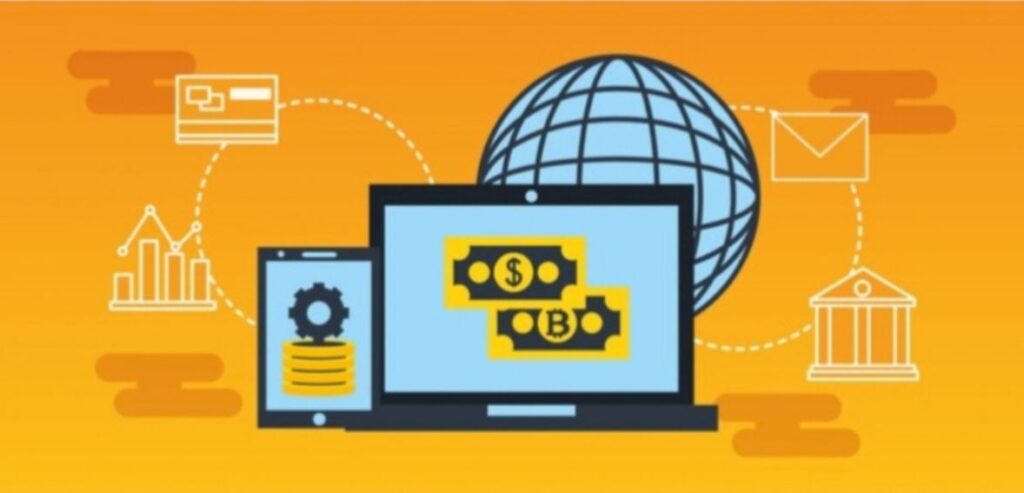
The direct integration of lending capabilities into non-financial platforms, or embedded lending, is another significant trend that is expected to gain traction in 2025. This means that users are being offered credit lines or loans by e-commerce platforms, payroll software, ride-sharing applications, and even accounting tools without ever being redirected to a third-party lender.
For example, based on sales patterns, an online retailer may get a working capital offer straight from its inventory management software, or a freelance designer may be able to obtain funds through a platform for a creative marketplace. Contextual, timely financing options that feel more like a natural part of the workflow than a loan are made available to users through this smooth integration.
Embedded lending will become a common expectation as API-driven fintech grows. Lenders that provide strong APIs for integration or white-label services are well-positioned to control this quickly expanding market. Meeting borrowers when they need it, using a tool they already trust and use on a daily basis, greatly increases customer retention and uptake.
This smooth integration of embedded finance allows users to access credit without ever leaving the tools they already use—making the lending process feel like a natural extension of their daily operations.
Rise of Niche-Specific Lending Platforms
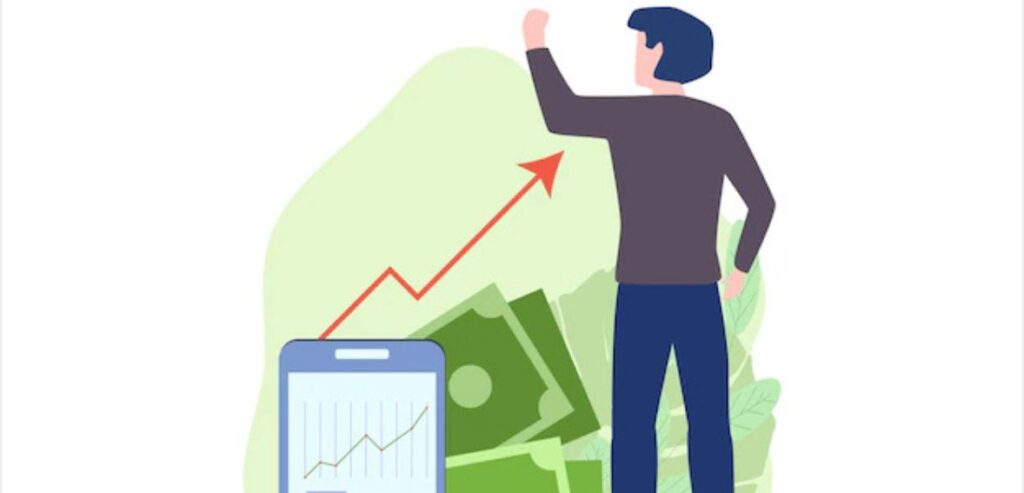
By 2025, hyper-specialization is changing how the alternative lending market is organized. A new generation of niche-specific lending platforms is emerging, each one catered to the distinct requirements and cash flow cycles of specific industries or business models, as opposed to attempting to serve all markets with a generalized approach.
These days, lenders are creating platforms just for business owners, medical professionals, construction companies, independent contractors, and even cannabis dealers. These platforms are able to provide more pertinent loan structures and repayment terms because they are aware of the seasonality, operational peculiarities, and regulatory nuances of each niche.
By adapting underwriting criteria around well-known industry variables, this specialization lowers default risk for lenders while simultaneously boosting borrower satisfaction and trust. Better communication, faster funding, and lending relationships that resemble partnerships rather than transactions are all benefits of this change for borrowers.
Continued Growth of BNPL and Consumer Installment Lending
From retail checkout bonuses to full-fledged consumer lending products, buy now, pay later (BNPL) services have quickly changed. By 2025, BNPL will have expanded into industries far beyond electronics and fashion, such as healthcare, education, home remodeling, and even rent payments.
Because of inflationary pressures and economic uncertainty, consumers are choosing installment payment plans more and more. Younger consumers who are concerned about revolving debt are drawn to BNPL because it offers a clear repayment schedule and little to no interest, in contrast to traditional credit cards.
These days, alternative lenders in the BNPL market provide subscription-based services, tiered credit models, and loyalty-based rewards. Additionally, companies looking to convert higher-ticket sales without burdening clients with debt are increasingly using enterprise-level BNPL solutions.
Still, increased regulatory scrutiny of BNPL has compelled providers to adopt more robust disclosures and transparent underwriting procedures. The winners will be those who adjust to these changes in regulations without sacrificing the essential user experience.
Regulatory Evolution and the Push for Transparency
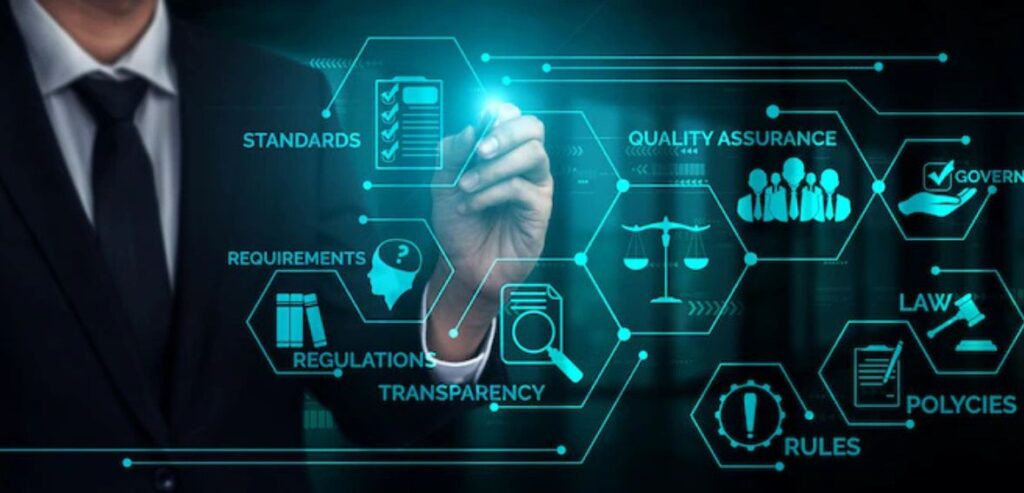
Regulators worldwide are keeping a closer eye on alternative lending as it continues to expand. More regulation is clearly on the rise in 2025, particularly in areas like consumer protection, interest rate disclosures, and data usage.
For example, new laws establishing uniform disclosure standards for small business loans are starting to gain traction in the US. Comparably, a number of Southeast Asian nations and the European Union are implementing digital lending frameworks that cover everything from complaint resolution to identity verification.
Regulation may appear to be a barrier at first, but it has positive long-term effects. Regulation legitimizes the alternative lending market and promotes wider adoption by weeding out predatory lenders and creating a foundation of trust. Prominent platforms are actively working with regulators to create equitable, innovative frameworks that guarantee accountability and accessibility.
Decentralized Finance (DeFi) Meets Real-World Lending
In 2025, decentralized finance (DeFi), albeit still a relatively new trend, is starting to more clearly intersect with alternative lending. DeFi platforms have historically lent cryptocurrencies against other crypto assets while functioning within compartmentalized blockchain ecosystems. These days, hybrid models that blend DeFi protocols with actual asset collateralization are becoming more and more popular.
For example, platforms that tokenize property deeds or invoices and use those tokens as collateral have made it possible for small businesses to obtain loans. This enables borrowers to access decentralized liquidity pools within a framework that is recognized by law. These models have the potential to significantly lower lending costs and speed up the process, particularly in developing nations where traditional credit is still hard to come by.
Of course, there are still challenges for DeFi lending, particularly in the areas of insurance, security, and regulatory clarity. However, in 2025, the idea of borderless, trustless lending will be practical, especially for tech-forward lenders and international borrowers.
Focus on Cash Flow-Based Lending
In 2025, cash flow-based lending will replace traditional lending models, which place more emphasis on collateral and credit scores. The emergence of open banking APIs and digital payment ecosystems has made it possible for alternative lenders to evaluate a borrower’s revenue almost instantly, enabling more intelligent and flexible underwriting.
Small businesses with irregular revenue or startups without established credit histories will particularly benefit from this strategy. Lenders can create a more comprehensive picture of financial health by examining operational costs, customer retention, and recurring payments.
This model enables platforms to provide more individualized lending products, like revenue-based financing or dynamic repayment plans that adapt to seasonal income. Alternative lenders are taking advantage of the fact that traditional institutions are still sluggish to embrace real-time underwriting in order to quickly increase their market share.
Sustainability and ESG-Driven Lending
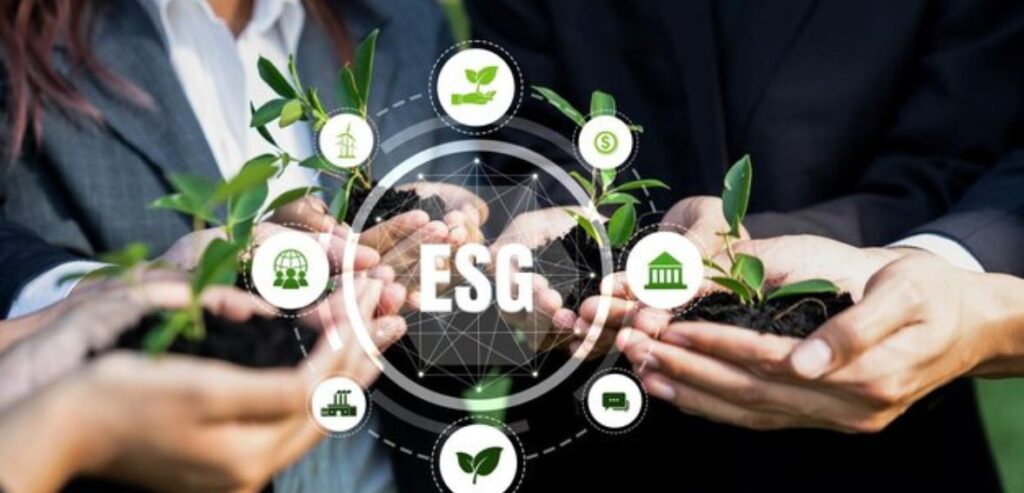
ESG (environmental, social, and governance) factors are no longer just found in the investment sector. By 2025, both investors and borrowers are looking for lending partnerships that reflect their values. ESG-driven lending is consequently growing in importance within the alternative finance ecosystem.
Businesses that meet certain sustainability benchmarks—like cutting carbon emissions, implementing diversity initiatives, or reaching community impact goals—are starting to receive incentives from lenders, such as reduced interest rates or longer repayment terms.
In addition to promoting social good, this appeals to a generation of consumers and borrowers who value moral business conduct. Alternative lenders will have a competitive advantage if they can quantify and validate ESG results. Institutional investors and philanthropic funds are increasingly directing impact-focused capital toward platforms that prioritize renewable investments as part of their core lending philosophy.
Increased Collaboration Between Banks and Fintechs
Lastly, 2025 marks the beginning of a new era in which banks and alternative lenders work together rather than compete. Aware of their technological shortcomings and slow processing times, traditional financial institutions are now collaborating with fintechs to provide quicker and more flexible loan products under their own brands.
Co-branded lending products, digital origination platforms, and shared underwriting models are emerging as a result of these bank-fintech collaborations. Fintechs obtain access to lower-cost capital and larger customer bases, while banks profit from entering underserved markets. By fusing the speed and innovation of the alternative sector with the trust and regulatory framework of traditional finance, this hybrid model is building a more resilient and robust lending ecosystem.
Conclusion: Alternative Lending Comes of Age in 2025
As 2025 sets in, the alternative lending market has matured into a fully developed, dynamic financial force rather than a challenger sector. Technology, specialization, and a change in borrower expectations are driving this trend, which is rewriting the rules governing the distribution and access to capital.
From niche platforms and cash flow-based lending to AI-driven underwriting and embedded finance, the trends influencing this market are indicative of a larger shift in the global economy that values speed, transparency, inclusivity, and flexibility.
The future of alternative lending promises greater accessibility, more intelligent tools, and a quicker route to financial empowerment, whether you’re a borrower looking for flexible funding or a lender hoping to take advantage of new opportunities.

